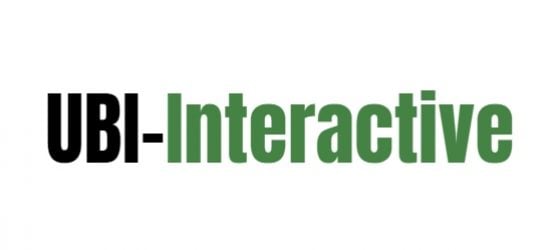When it comes to collaboration software, there are a variety of options available to businesses. To decide which is best for your business, you will need to consider the needs of your team and what features you require from the software. Here are six options that could be suitable for your business:
1. Microsoft 365
This suite of productivity tools is designed to help businesses collaborate and share information. With Microsoft 365, you get access to Office Suite applications such as Word, Excel and PowerPoint as well as cloud storage and team chat capabilities. It also offers an array of security features to ensure that your data is safe from threats.
2. Google Docs
Google Docs is a great tool for collaborative document editing. It allows multiple users to work on the same file simultaneously, and it’s very easy to share documents with other users. Google Docs also provides version history, so you can track changes made by each user.
3. Slack
Slack is a collaboration app designed specifically for teams. It allows users to easily communicate with each other, share files and documents, and create channels for focused conversations. It also offers a variety of integrations with other apps, making it easy to access the information you need from any device.
4. Trello
Trello is a project management tool that can help teams stay organized and on track. Users can create boards, lists and cards to manage tasks, assign work and track progress. It also has a wide range of collaboration features, including the ability to comment on tasks and share files with team members.
5. Asana
Asana is an online project management tool that helps teams collaborate more efficiently. It provides a centralized platform for creating tasks and assigning them to team members, as well as tracking their progress. It also offers a range of collaboration features such as commenting, tagging and file sharing.
6. Basecamp
Basecamp is an online project management tool that helps teams stay organized and on track with their work. It offers a variety of tools to manage tasks and communicate with other users, as well as a comprehensive dashboard that provides an overview of project progress. With its collaboration features, teams can easily share documents, assign tasks and track performance.
No matter which software you choose, it’s important to make sure that it fits the needs of your team and business. Consider the features available, the cost and the ease of use before making your decision. With these options in mind, you can find the best collaboration software for your business.

